Brian Wu, an accomplished architectural and computational designer, will be leading a 90-minute beginner tutorial on Processing at the upcoming Computational Design: NEXT 13 online conference. With a second postgraduate degree in Architecture from SCI-Arc, Brian has integrated his practical working experience, and parametric and computational design skills to tackle complex urban and architectural issues. He is currently employed as an architectural designer at Morphosis, where he participates in various international competitions.
Before pursuing higher education overseas, Brian Wu worked for a year at an architectural and construction firm in the UK. He has since spent six years as a freelance architect and interior designer, primarily based in Taiwan. His portfolio includes successful projects in residential, commercial, and machine learning in architecture, where he effectively managed every project phase from early schematic design to completion. Brian Wu has collaborated with other architectural and interior firms, including the international company Autodesk, to deliver outstanding results.
Biomorphic Stool
The aim of this project is to create a natural growth pattern, akin to that of a tree trunk or branches, through coding in Processing with Java language. To achieve this, Brian was utilizing the Perlin Noise algorithm, a procedural texture primitive that is commonly employed by visual effects artists to enhance the realism of computer graphics. By implementing this organic system, Brian hopes to generate a visually appealing output that emulates the natural patterns found in the environment around us.
The Entangled Pavilion
The concept behind the Entangled Pavilion is to create a unique and immersive architectural experience that challenges traditional notions of space and form. This pavilion is characterized by a series of interlocking and overlapping structural elements, which are meant to evoke a sense of organic complexity and dynamism.
The primary inspiration for the pavilion comes from the idea of natural entanglement – the way in which organic structures such as vines and roots weave and interlock with one another. By incorporating this concept into the design of the pavilion, my concept was to create a structure that feels alive and dynamic, almost as if it were growing and changing before your eyes. The pavilion is designed to be both immersive and interactive, with visitors encouraged to explore and interact with the structure in order to fully appreciate its unique form and intricate details.
Danse Macabre
The central inspiration behind this architectural design is the imagination of Dance Macabre, incorporating through using bone-like shapes and forms. By utilizing these skeletal elements, the ultimate aim was to create a haunting and evocative aesthetic that is both striking and unique.
Furthermore, the unique thing of interior space is a series of different atriums and open spaces, all of which are designed to maximize the play of light and shadow through bone-like shapes. By carefully manipulating the angle and placement of these skeletal elements, Brian created a visually striking environment that is both engaging and immersive. The sunlight can be able to pass through the intricate bone-like shapes, casting vivid and dynamic shadows across the interior surfaces. The overall effect is an otherworldly and captivating atmosphere that is sure to leave a lasting impression, also pushing the boundaries of modern architectural design.




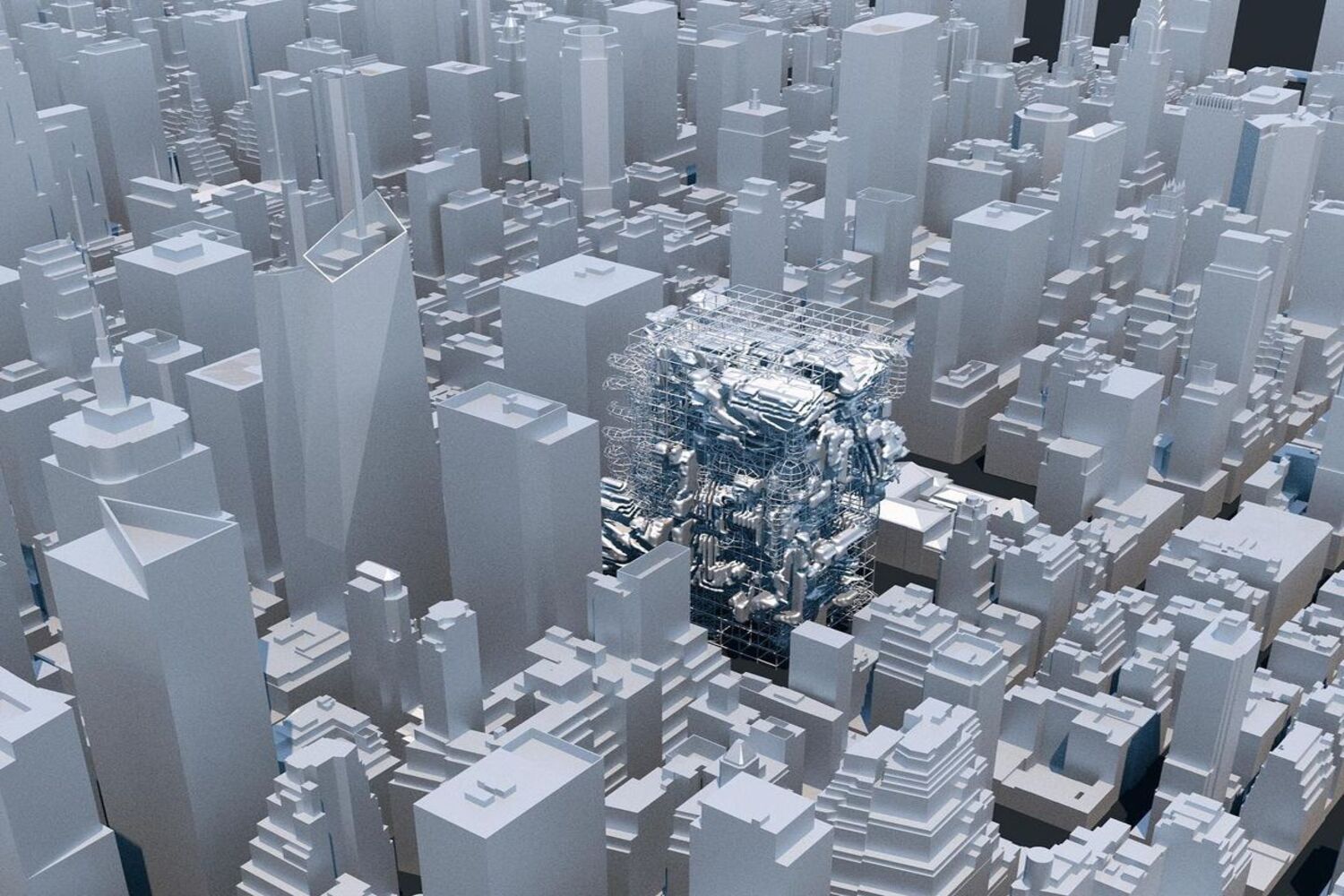
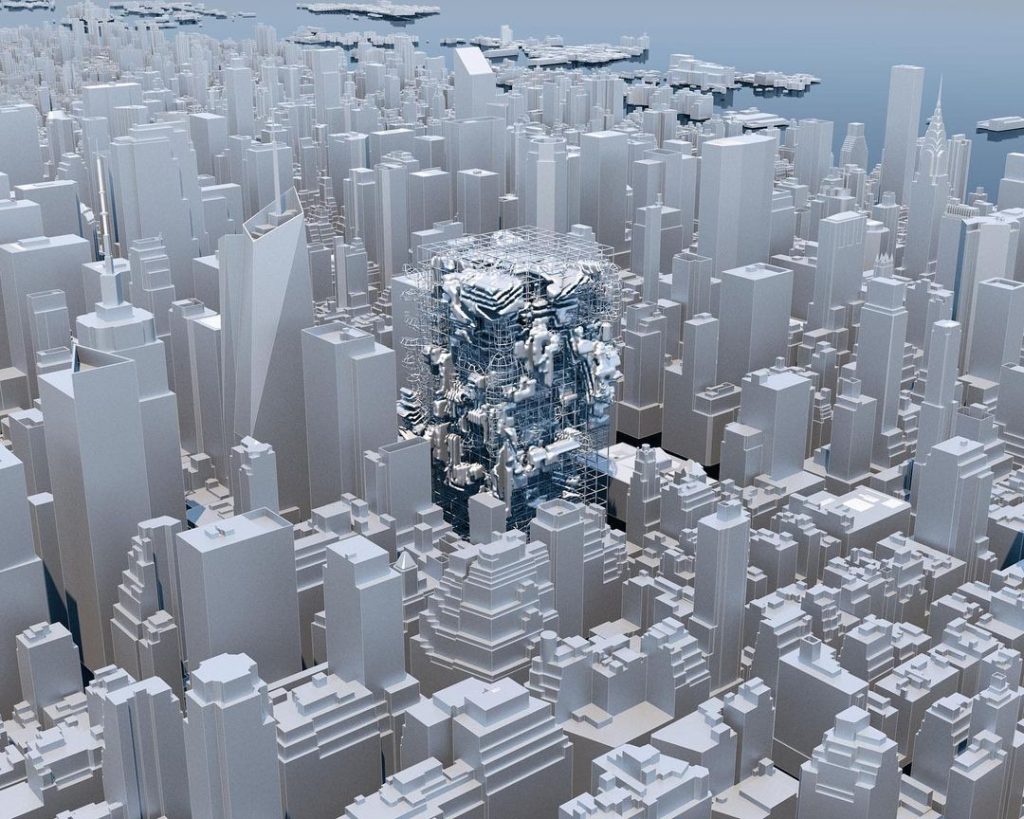
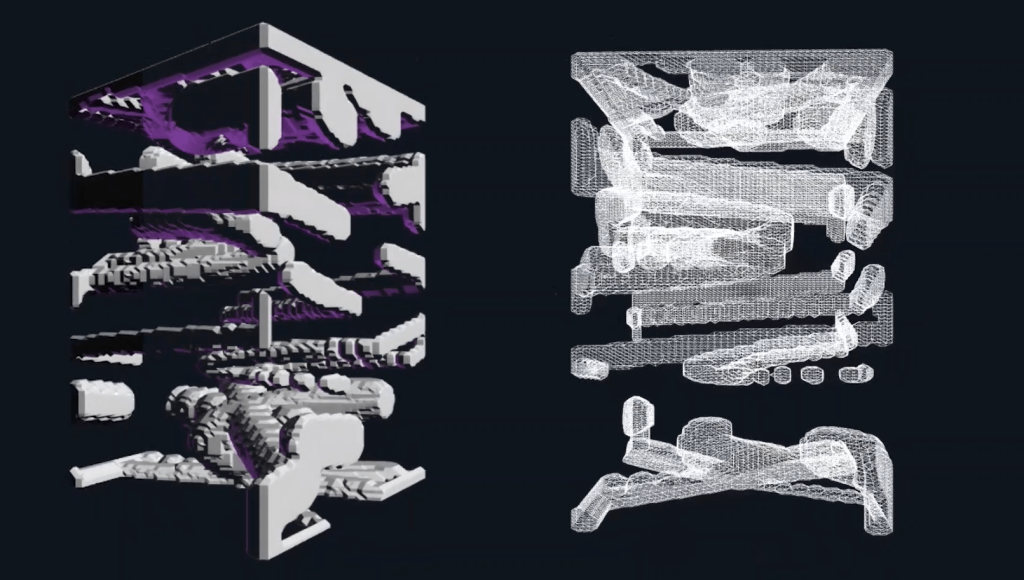
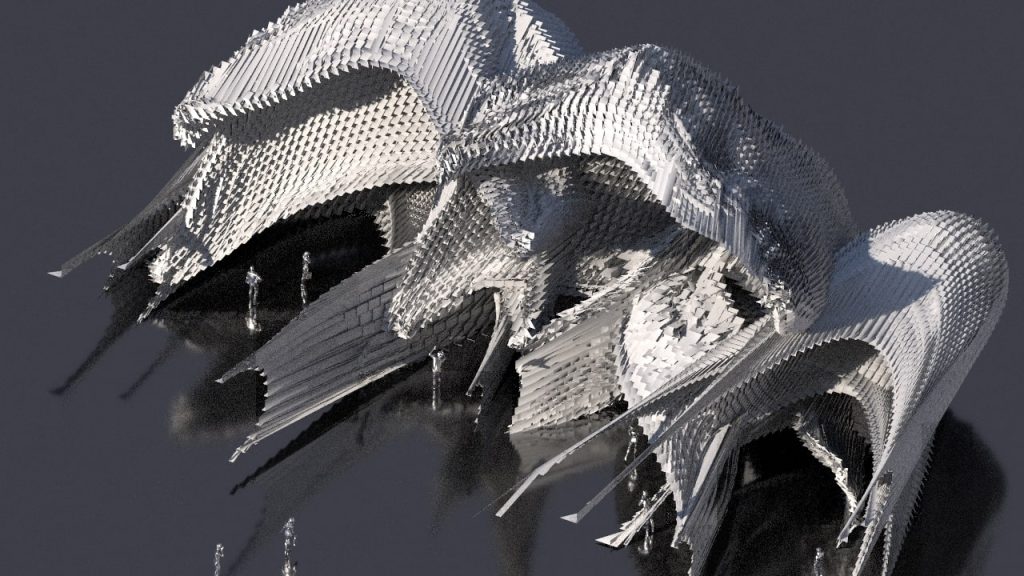

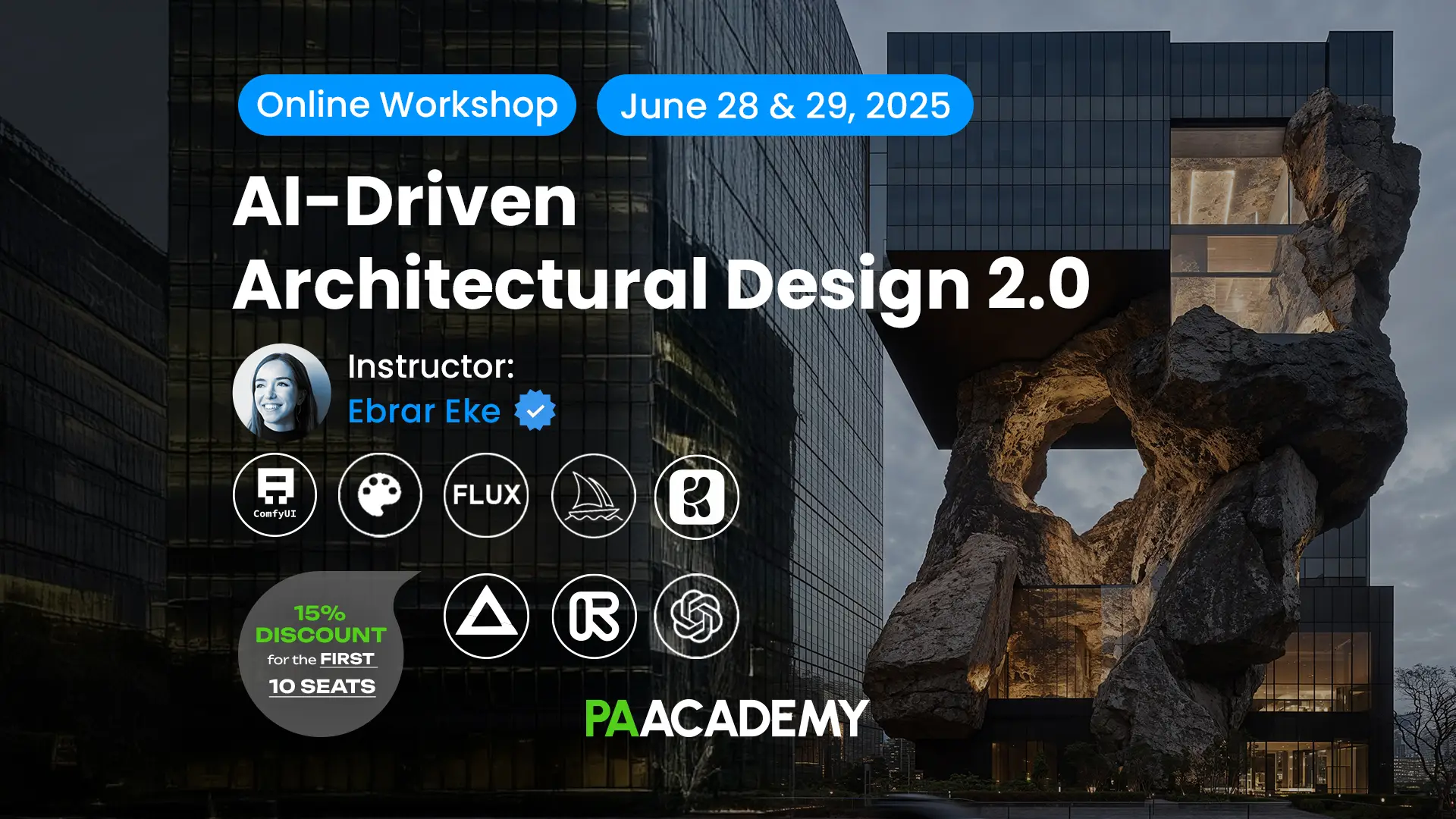
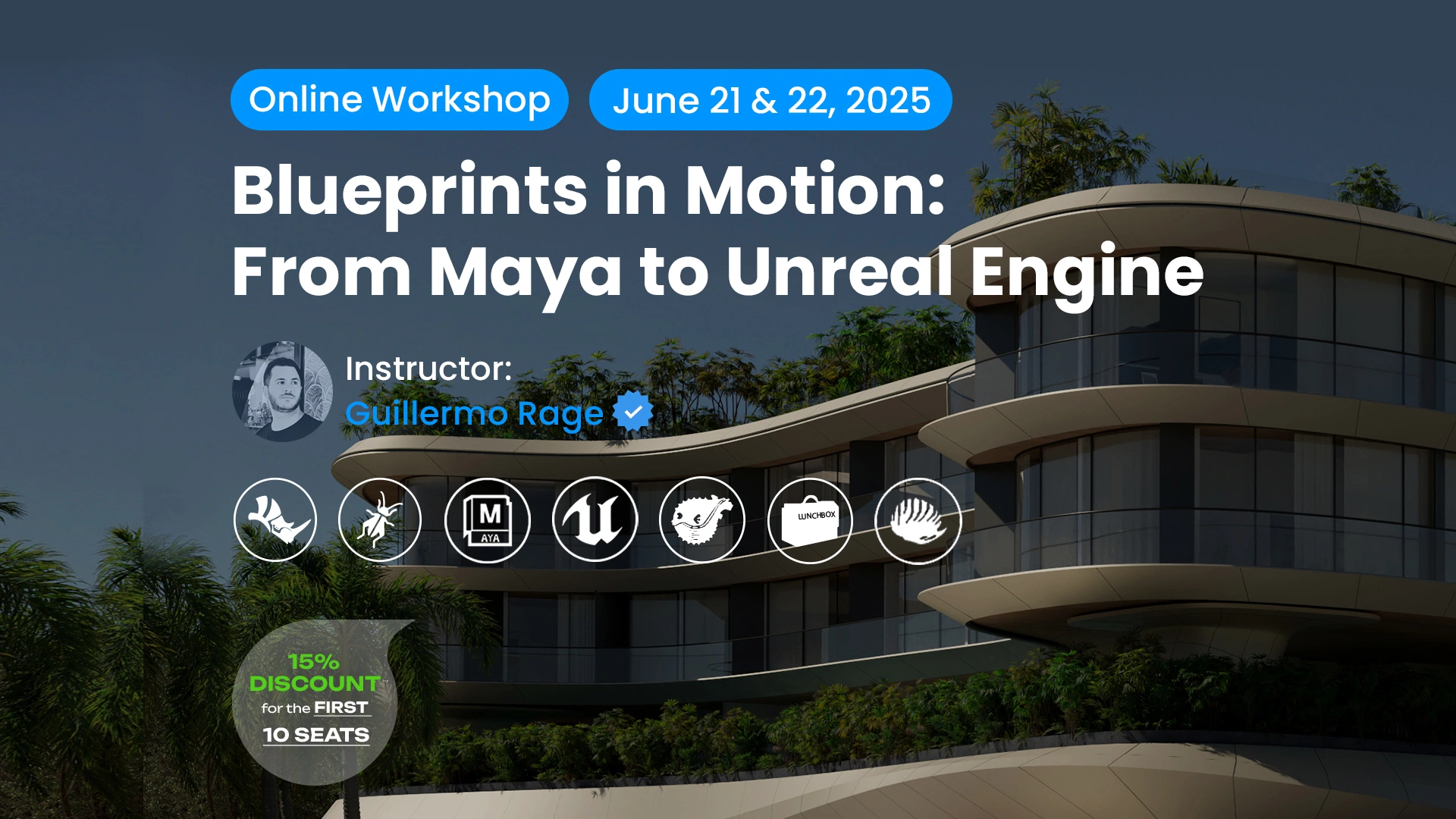
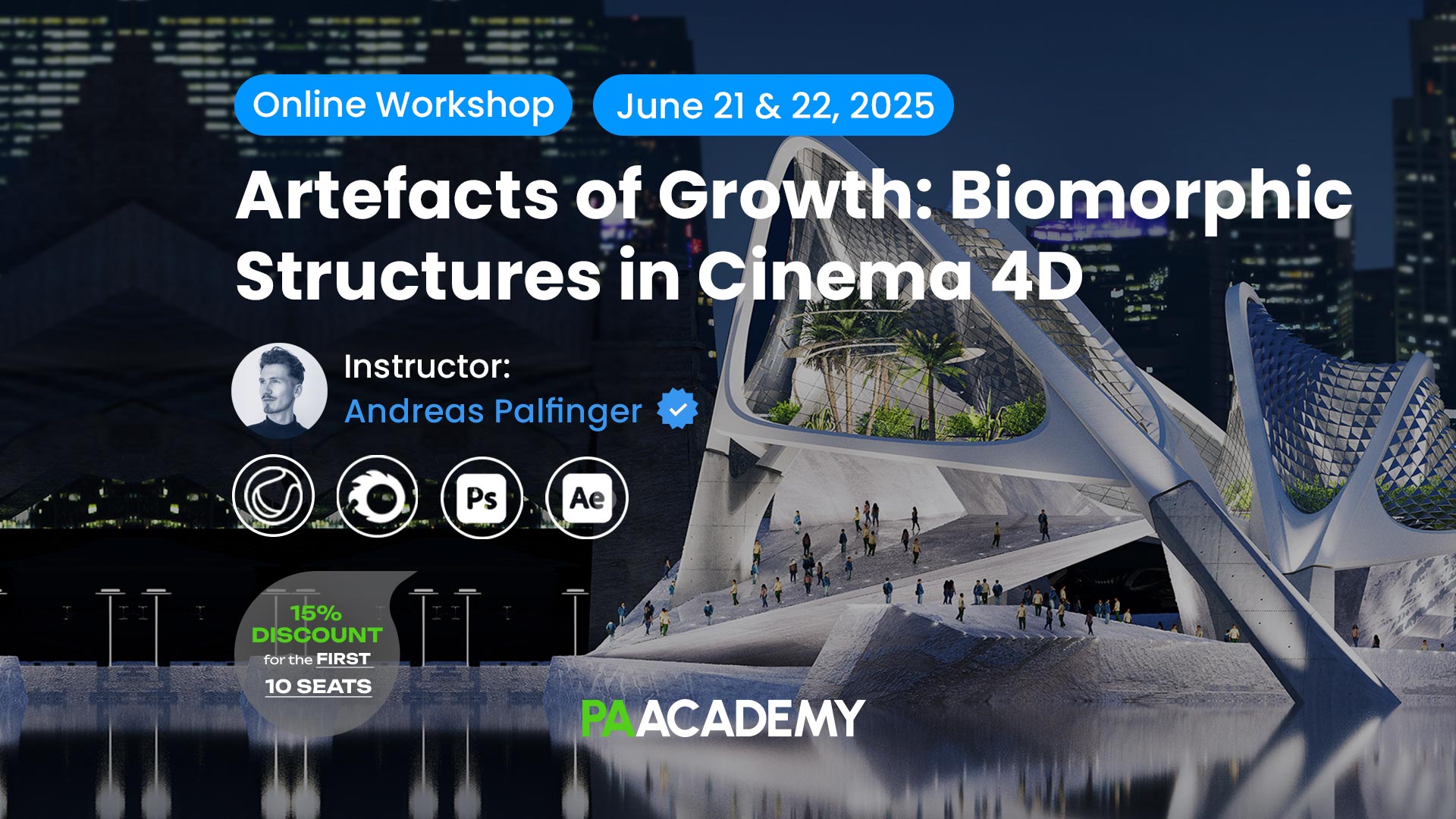


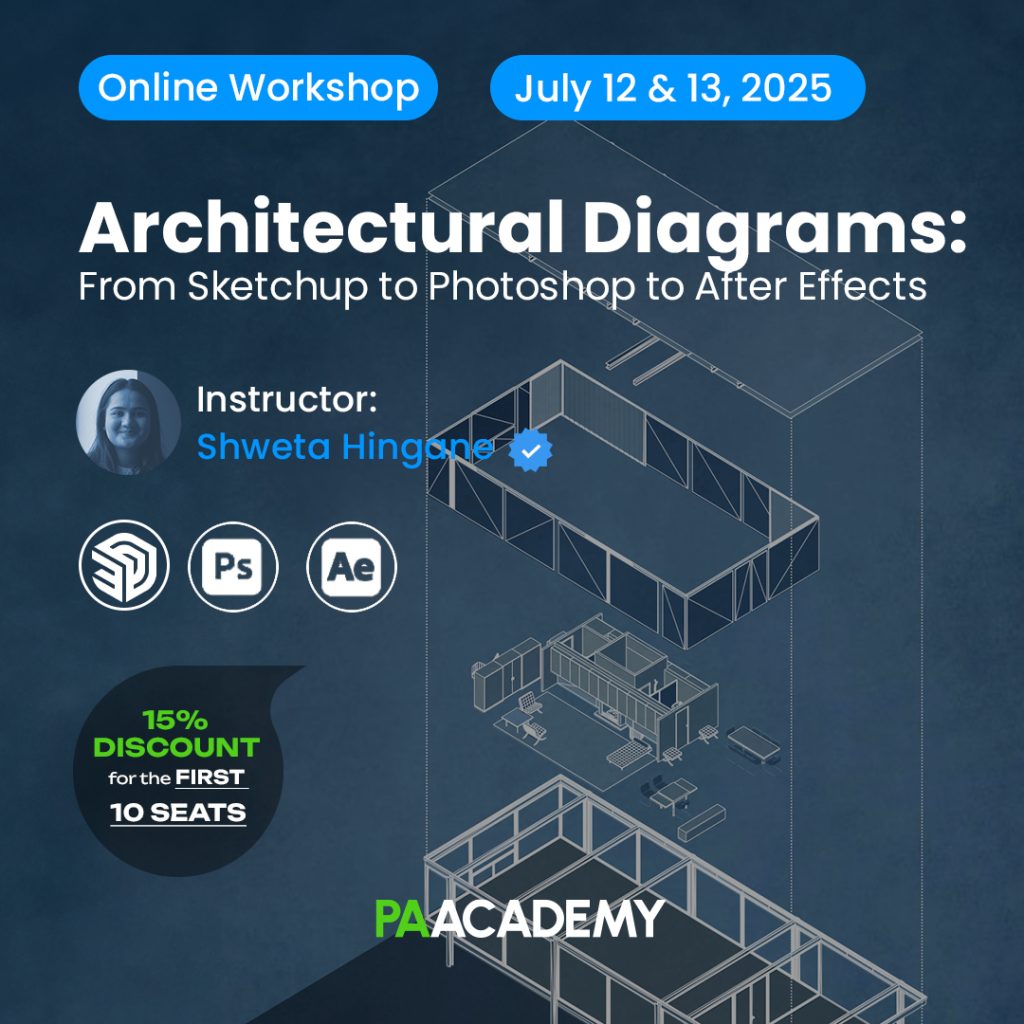








Leave a comment